
“Surrounded by unsettling sounds, Carver Young struggled to keep his hands still. He had to focus. Had to. He could do this. He wasn’t some infant, afraid of the dark. If anything, he loved the dark. But the cracks in the attic let the wind run wild. Old papers fluttered like hesitant birds. Musty clothes rustled as if touched by spirits. And then the cleaver, wedged in the ceiling right above him, wobbled.” (page 6)
Carver is a young man on the cusp of adulthood who has had little, if any, mild guidance in his life given his years at Ellis Orphanage. When Hawking adopts him, he’s given the chance of a lifetime, to uncover the truth about his parents and to become a detective, with the help of some expert tutelage. Petrucha’s prose and short chapters are built for mystery novels and suspense, but in some cases, the suspense build-up gets to be too much as it drags on a bit long with the “big reveal.” Even younger readers could see the reveal coming a mile away in this one. However, the real crux of the novel is not the reveal, so much as the journey Carver takes from childhood to adulthood and from inexperienced boy to amateur detective.
With help from his former orphanage friends and school crush Delia, Carver is able to overcome his fears and uncover the mysteries surrounding recent murders in New York City. Petrucha does well to stick close to the true and well-known attributes of Teddy Roosevelt, who was once a police commissioner in the city, and the relatively well-known attributes of his eldest daughter, Alice. There is intrigue, corruption, and a Hardy Boys-feel to this novel, with additional historical tidbits and extraordinary gadgets to provide a steam-punk atmosphere.
Ripper by Stefan Petrucha is a fast-paced, entertaining coming-of-age story with a detective story as a backdrop of sorts. It’s about what it means to be a father, and how family can sometimes be a little less than ideal, and even disappointing. However, it also about the inner perseverance one needs to overcome “the abyss” and still know what is right and true.
photo by Sarah KinneyAbout the Author:
Born in the Bronx, Stefan Petrucha spent his formative years moving between the big city and the suburbs, both of which made him prefer escapism.
A fan of comic books, science fiction and horror since learning to read, in high school and college he added a love for all sorts of literary work, eventually learning that the very best fiction always brings you back to reality, so, really, there’s no way out.
An obsessive compulsion to create his own stories began at age ten and has since taken many forms, including novels, comics and video productions. At times, the need to pay the bills made him a tech writer, an educational writer, a public relations writer and an editor for trade journals, but fiction, in all its forms, has always been his passion. Every year he’s made a living at that, he counts a lucky one. Fortunately, there’ve been many.
This is my 86th book for the New Authors Reading Challenge in 2012.
What the Book Club Thought:
Most of the book club enjoyed Ripper for what it was, though two members would like to have seem more of the gross and grisly murders than were shown in the novel. There is one moment in which Carver nearly vomits upon seeing a dead body, but there are not a lot of details revealed to the reader about the scene. The big reveal didn’t seem to be much of a surprise to anyone in the book club, though one member expressed that he would have preferred if there had been two killers instead of one.
Some members were glad that the book didn’t delve too much into the gadgets of the underground detective agency, while one member likened the team of three kids (Carver, Delia, and Finn) to Harry Potter and his friends. The shift from killing prostitutes in England to socialites in New York was something that the group thought had to do with the target audience of young adults. However, our youngest member says that she’s read more gory books than this one. One member also indicated that they noticed about 1/3 of the psychology of the Ripper was examined in this book, and could signal sequels to come. Some suspect there could be two other books after this one, which is why the ending was so open-ended.
Overall, this was a good read for most of the group, though some indicated about 75 pages or so could have been edited out to make it shorter than 400+ pages.

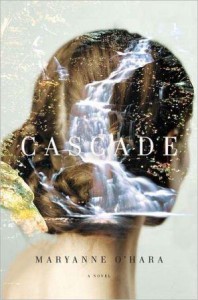
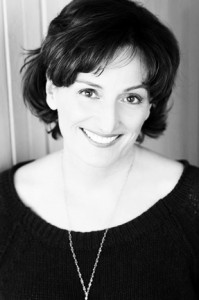 About the Author:
About the Author:


 About the Author:
About the Author: From the Land of the Moon by Milena Agus, translated from the Italian by Ann Goldstein, is the story of a young unnamed woman’s grandmother just at the end of WWII in Italy after the
From the Land of the Moon by Milena Agus, translated from the Italian by Ann Goldstein, is the story of a young unnamed woman’s grandmother just at the end of WWII in Italy after the 
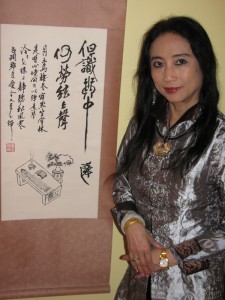 About the Author:
About the Author: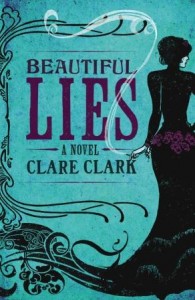


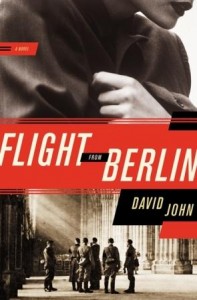
 About the Author:
About the Author:
 Carlos Ruiz Zafón, author of The Shadow of the Wind, is like many other authors these days in that he is pumping out short stories for digital devices. The Rose of Fire is one such story, but this story tells the tale of how the Cemetery of Forgotten Books was born at the time of the Spanish Inquisition in the fifteenth century. The labyrinth of books is an intriguing idea, and Zafón’s prose is at once lyrical and absorbing, transporting readers into another time and place.
Carlos Ruiz Zafón, author of The Shadow of the Wind, is like many other authors these days in that he is pumping out short stories for digital devices. The Rose of Fire is one such story, but this story tells the tale of how the Cemetery of Forgotten Books was born at the time of the Spanish Inquisition in the fifteenth century. The labyrinth of books is an intriguing idea, and Zafón’s prose is at once lyrical and absorbing, transporting readers into another time and place.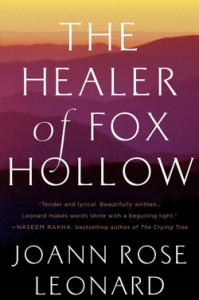
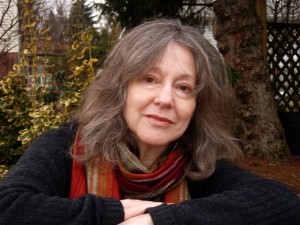 About the Author:
About the Author:


